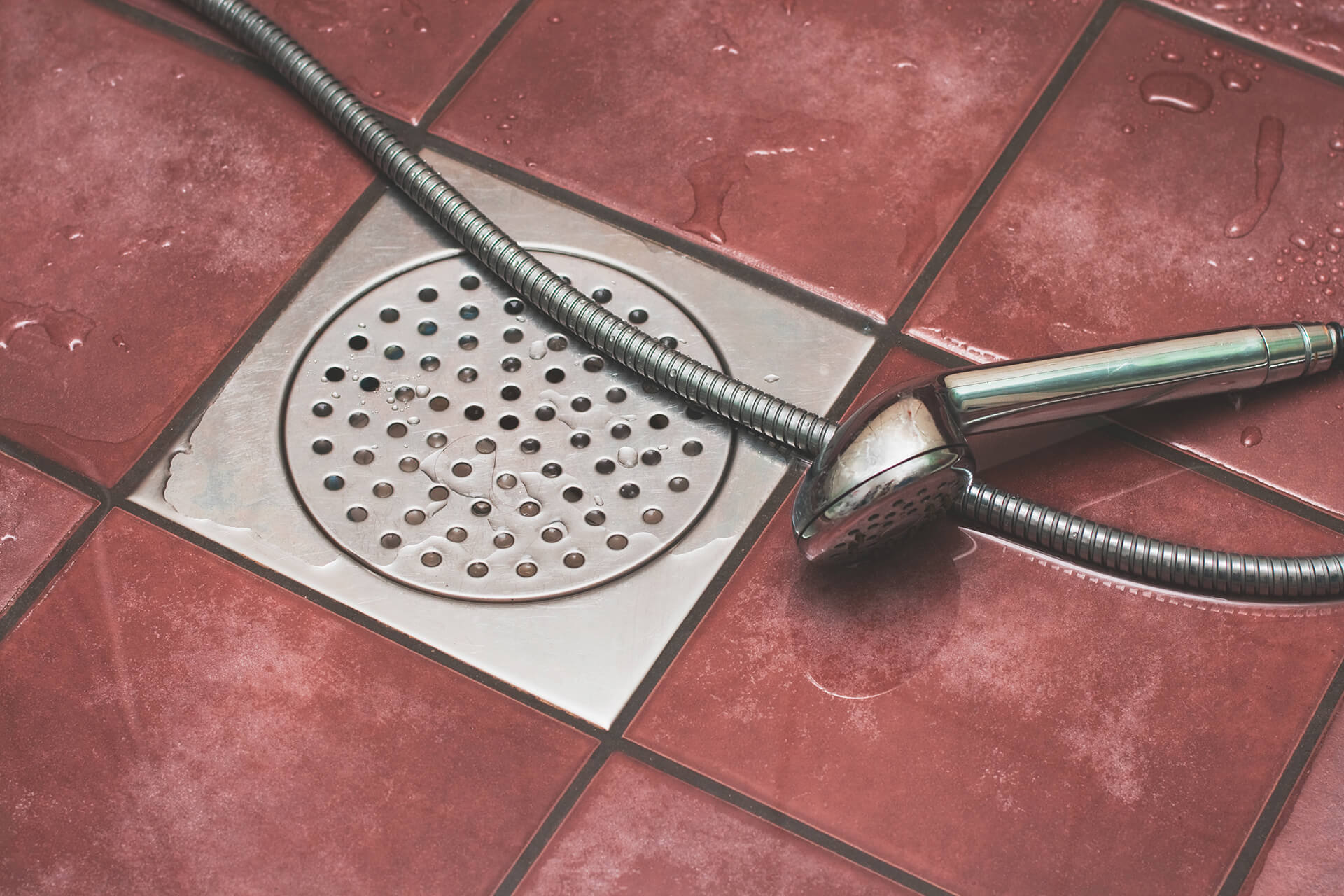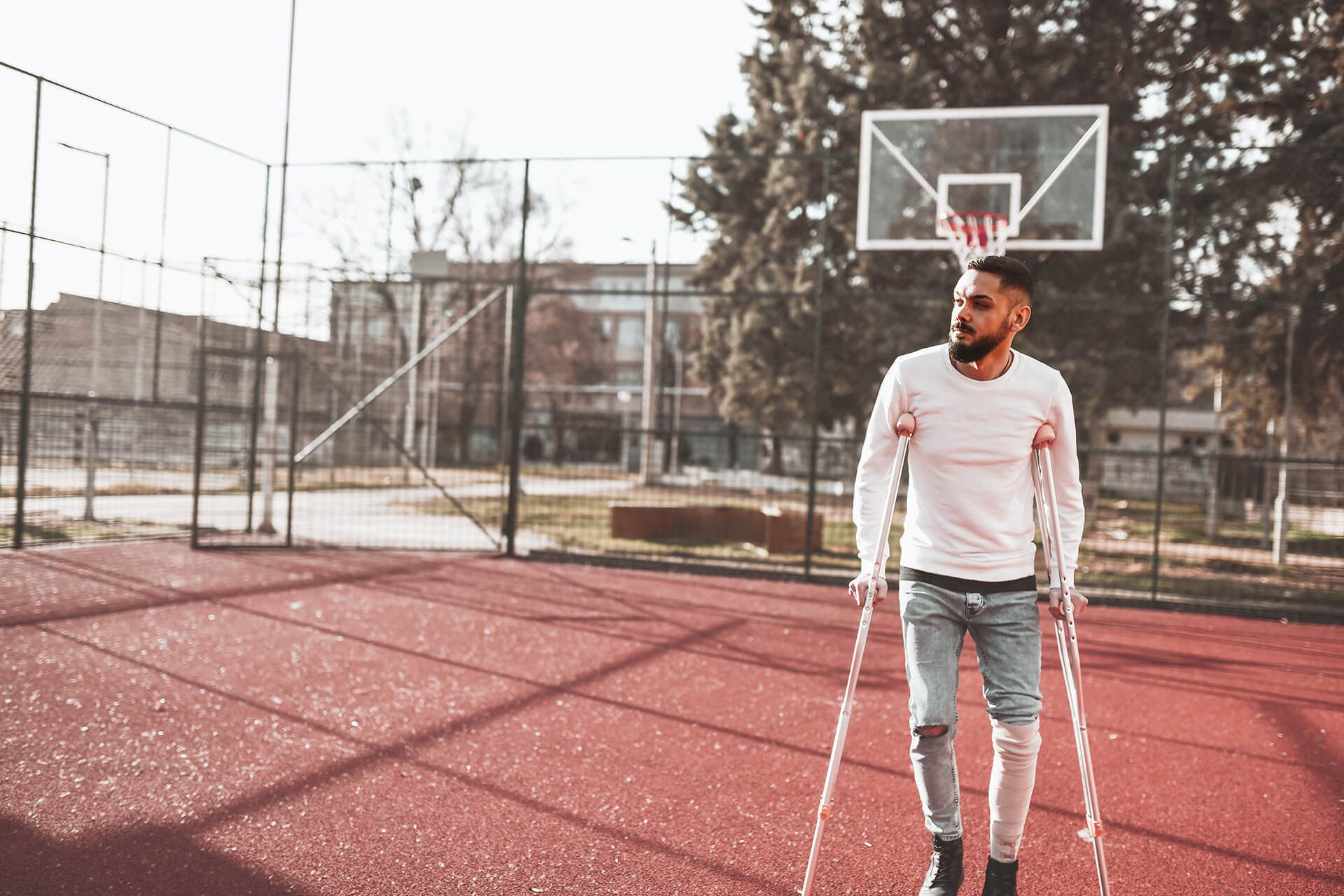If you’re wondering what the early signs of balding are, it’s a good sign. It means that if you do have hair loss, you’ve caught it in its earliest stages.
Sure, if you don’t intervene, the result might be barely-there hair (although it’s good to remember that not everybody ends up bald).
But all-over balding is probably years down the track if you’re male and unlikely if you’re female.
And here’s the best bit: You’ve given yourself the best odds to prevent balding early.
That’s because the sooner you recognise the signs of balding, the more quickly you can act to prevent it. And most hair loss treatments are more effective the earlier you begin treatment.
The Signs of Balding in Men
Male hair loss feels immensely personal and can look different to different men. For some, the first sign of balding may be a receding hairline. Others may only notice hair loss when they see the back of their head in a photo.
Yet the pattern of men’s hair loss is also so common that dermatologists and doctors can use charts (called the Norwood Scale) to diagnose how far your balding has progressed.
This means there are a few early signs of balding that you can look out for, including a receding hairline and a thinning crown (although neither of these symptoms is a sure sign you will go bald).
Don’t forget, hair loss can be reversible or preventable if you catch it early. Leave it too long and it may be permanent.
Receding Hairline
It’s one of the telltale signs you may be losing your hair. Your hairline has begun a slow march backwards — often from the temples, creating an M-shaped hairline.
While a receding hairline can become pronounced for men in their 30s and 40s, it often begins as early as the end of puberty. However, the hairline can recede so slowly that it’s not always immediately apparent that it’s happening.
Thinning Hair
Many men experience thinning hair at the crown — the back, top part of the head. For some, it will be more diffuse (thinning across the scalp). Over time, it’s common for bald spots to form on the crown.
Thinning hair is so gradual that it isn’t as noticeable as a receding hairline, which is why this type of hair loss is often called ‘invisible balding’. You may only detect it for the first time in a photo or at the barber’s.
Discover if The Hairy Pill® is right for you.
Take our short hair health quiz and we will work out if The Hairy Pill® can help you and your hair.
Take the quizThe Signs of Balding in Women
Women may lose hair for a whole host of reasons, from hormonal changes to nutritional deficiencies. Many women also have the same genetic hair loss condition that men have — in women, it’s called female pattern hair loss (FPHL, although some people also call it female pattern baldness).
Like male genetic hair loss, FPHL has a general pattern that dermatologists can use to assess your level of hair loss (the Ludwig Scale classifies the stages of female pattern hair loss).
However, unlike men, the early signs of female pattern baldness can be harder to detect. This is because they generally experience diffuse thinning across the scalp rather than a defined receding hairline. On the plus side, very few women with FPHL will end up bald.
Diffuse Thinning
The early stage of female pattern baldness tends to be diffuse hair thinning across the whole scalp. This type of hair loss is so slow that it’s hard to track — you may not even notice it until you’ve already lost a substantial amount of hair.
Diffuse thinning in women will rarely result in the kind of all-over balding we often see in men.
Widening Part
While diffuse thinning on top can be tricky to spot, a widening part is an easier way to measure female hair loss. If you notice your part becoming wider, with more scalp visible, it may be a sign that you’re experiencing hair loss.
More Hair Falling Out
Everybody sheds some hair (usually between 50 and 100 strands) every day. So a few strands on the brush are no cause for concern.
However, one of the more obvious signs that you may be losing hair is if you notice significant clumps of hair coming out when you brush, shower, or run your fingers through your hair — far more than you’re used to.
Ready to start your hair growth journey?
- Free express shipping
- Unlimited doctor consultations
- Simple once a day treatment
False Red Flags: Symptoms That Aren’t Signs of Balding
Most of us value our hair. So when it feels like our hair is just *off*, it’s completely natural to feel alarmed. There are a few hairy symptoms that make people jump to the hair-loss conclusion. These are the ‘false red flags’ — symptoms that probably have nothing to do with hair loss.
Itchy Scalp
Itchy scalps very rarely have anything to do with hair loss. Instead, it could be a sign of a skin condition (such as scalp eczema) or an allergic reaction to your shampoo.
Dry Hair and Dandruff
If you’re noticing flakes of skin in your hair, it’s natural to be concerned. But the connection between dandruff and hair loss is tenuous.
A dry scalp (which often accompanies dandruff) may cause you to scratch your scalp and accidentally break some strands, leading to increased hair fall. But it won’t lead to balding.
Widow’s Peak
A widow’s peak is a genetic trait where your hairline develops a V shape, with recession at the templates. It’s common to confuse a widow’s peak with hair loss but it’s usually just a natural part of a maturing hairline.
Bulbs at the End of Shedded Hair
Ever noticed a strand of fallen hair that contains a depigmented bulb on the end? It’s the base of the hair — the part of the strand that is closest to the root. It’s not, as a lot of people assume, the root of your hair that has fallen out.
If your hair has a white bulb on the end of it, you can rest assured that it has been shed as a natural part of the hair growth cycle. The white bulb is simply a chunk of keratin, the protein that hair is made of.
How to Take Action to Stop Your Hair Loss
Worrying you’re going bald? Your hair may be going somewhere but it isn’t in a rush. The most common type of hair loss, androgenetic alopecia, is usually so gradual that you may not even recognise that it’s happening.
That said, most people only notice that their hair has thinned once they’ve lost 50% or more of the hair on their scalp. So if you’ve started to notice any signs of hair loss, it’s best to take action as soon as possible.
Fortunately, there are ways to prevent balding early and treat hair loss. The Hairy Pill® is one hair loss treatment that has had great results.
The Hairy Pill®
The Hairy Pill® is a hair loss treatment for men and women, made specifically for your needs. And the best bit? It’s just one pill, taken daily.
How the Hair Loss Treatment Works
Each bottle of this hair loss treatment contains clinical grade actives to stop hair loss and stimulate regrowth, as well as vitamins, minerals, and amino acids to supercharge your hair health.
The process is simple. The treatment provides consultations with a doctor, who can recommend a hair loss treatment made just for you, based on your body’s needs. And the best bit? Get started.


















